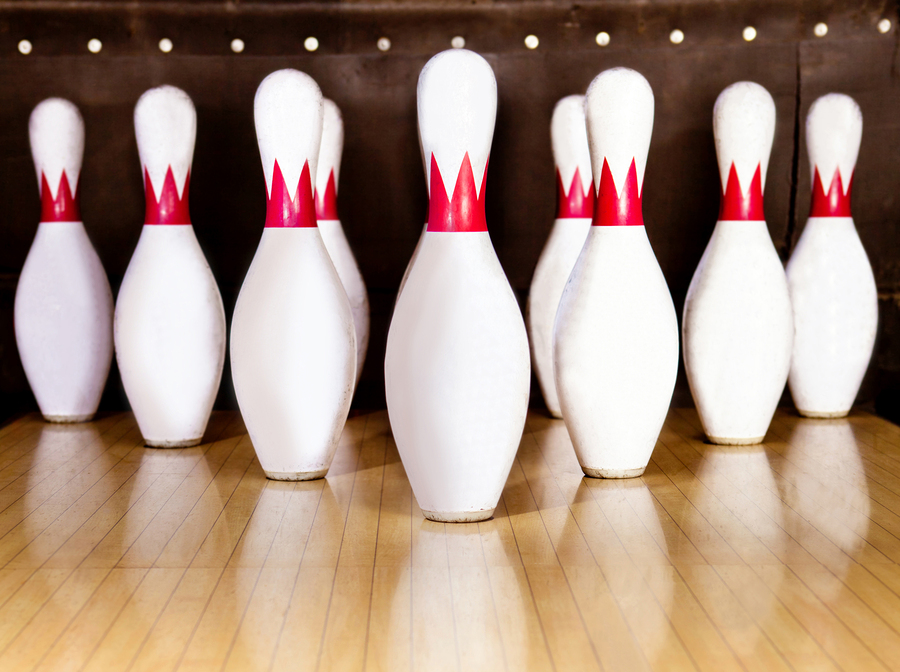The coverstock, or the visible part of the bowling ball, is something to take into account when determining how a bowling ball is going to react on the lanes. Bowling balls today fall into two categories based on their coverstock; solids and pearls. For the most part, solids will appear dull to the eye, and pearls will appear to be shined, but there are a few exceptions to this rule (some balls can be dull but have some pearl in them). Balls that are dull will have different characteristics when compared to those that come shined from the factory.
Duller balls are made to combat heavier volumes of oil, since the dullness of the ball will cut through the oil in order to react. On a drier pattern, a dull ball may not be the answer since it may react earlier than desired (if you have a high ball speed or a low rev rate, it could work). On the other hand, a shiny ball will glide through the oil, which makes them better suitable for medium to drier lane conditions. A pearl ball is designed to react off of the dry part of the lane, not react in oil.
In a nutshell:
Shiny ball = Ball will get down the lane when there is less oil, but will glide in the heavy stuff.
Dull ball =
Ball will react too soon when there isn’t enough oil, but when there is, the early rolling nature of the coverstock will allow it to grip the lane, despite the oil.
There are also plastic balls, which are designed to go straight, rather than react on the lane. Plastic balls are found in every bowling alley, and are commonly used by bowlers to pick up spares. Most of them will have a high gloss finish, which will prevent it from hooking, even if it is thrown with quite a few revolutions.
Here you can find bowling balls of any type depending on the game you’re playing but your fingers too have to be in good shape if you want to have that perfect game alongwith a lot of focus on the alley without a thought for anything else while the game is on.
Now it is very easy to fine tune a coverstock based on the reaction you are getting from a ball. This can be done by hitting the ball with abralon pads, or by polishing it. Abralon pads come in different grits, usually ranging from around 180 to 4000 grit. The lower the grit, the rougher the surface will be on the ball, causing it to grip the lane earlier. Higher grits are used to smooth the cover, promoting length. Polish can also be used on a dull ball, since this will allow it to push a few more feet down the lane before it reacts. Remember, the coverstock is just as important as the drilling layout you use for your ball. It is important to maintain it, since over time you can see a ball’s reaction decrease (also known as ball death). All it might take is a little bit of polish or a slight change in the surface of the ball to bring it back to life
I hope I have enlightened you when it comes to the role the coverstock of a bowling ball plays in its reaction. Although these are some basic guidelines to follow, each and every bowler will benefit from different bowling balls, and will make different adjustments than others will. These are just my thoughts on some basic knowledge every bowler should have when it comes to excelling on a variety of lane conditions.





